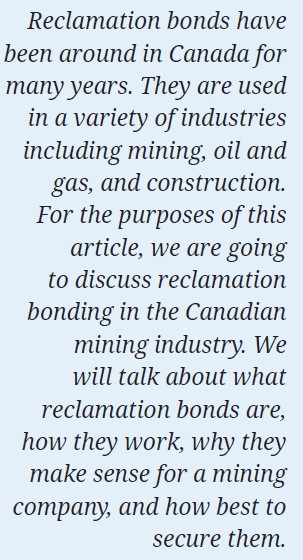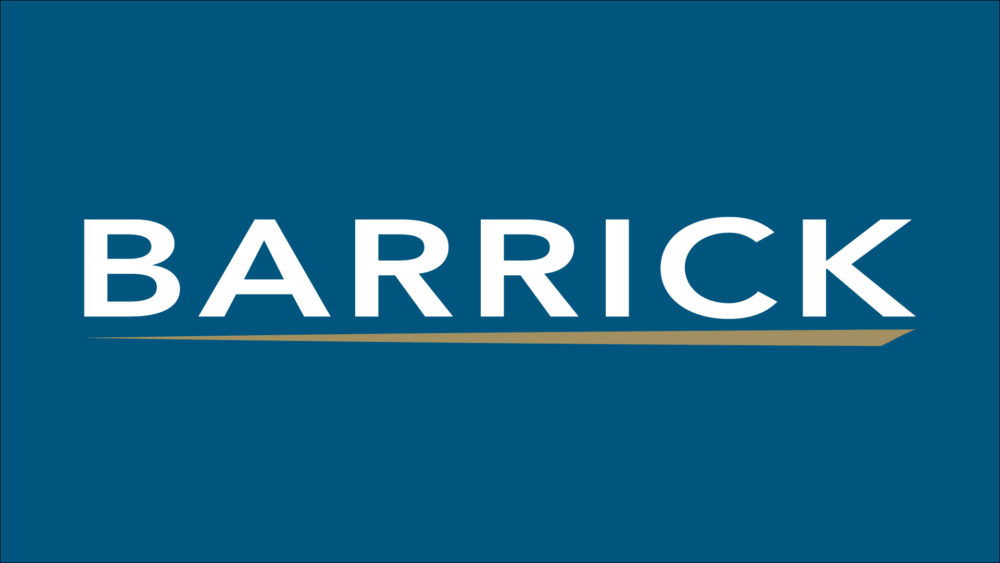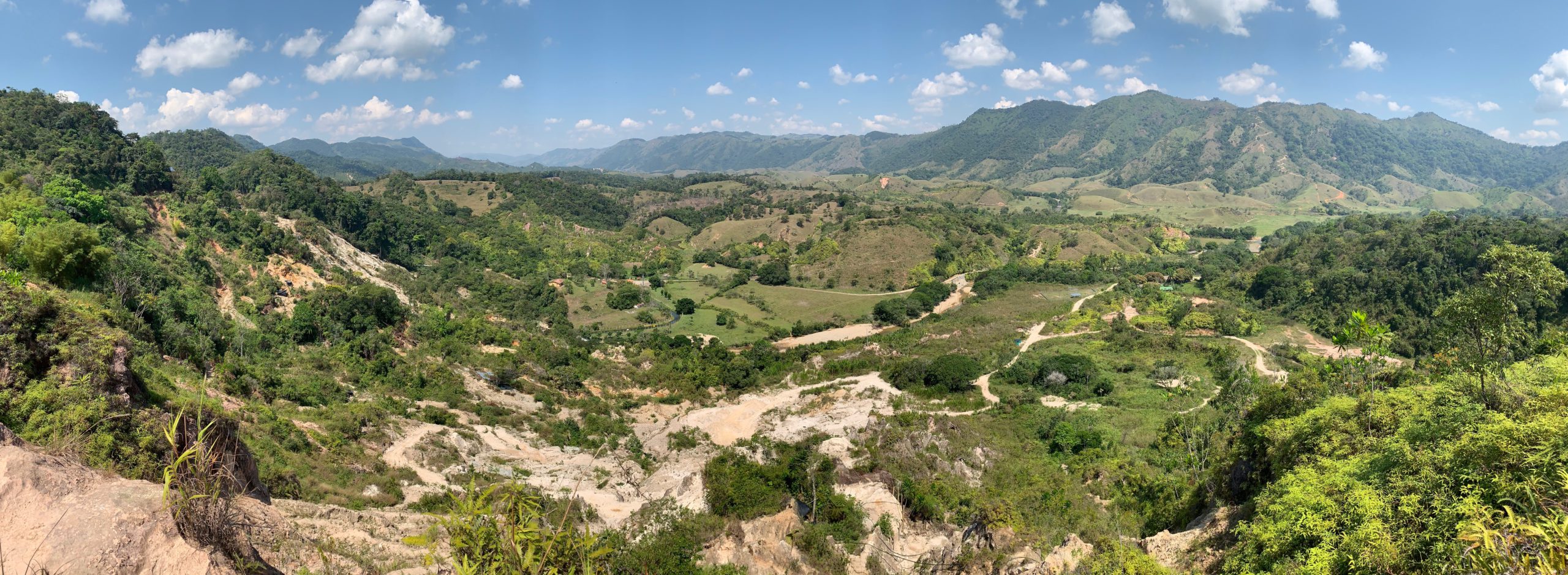Reclamation bonds: How to secure them and why they make sense

A bond in the simplest terms is a “three-party agreement.” In the case of a reclamation bond, a surety company is guaranteeing to the government (also known as the obligee) that a miner (also known as the principal) will perform the terms and conditions of the reclamation plan. This can include remediating and reclaiming the land as well as ongoing monitoring of the site. Jurisdictions across Canada require these bonds to ensure that the taxpayer is not left with the costs (both economic and environmental) of dealing with an abandoned mine site. To secure these obligations, government owners will request security from the mining company. This can sometimes be in the form of a bond but can also be requested in the form of cash or a letter of credit from a bank.
Surety bonds are used in a variety of industries outside the mining space. Traditionally, these bonds are default instruments, meaning that if the obligee believes the principal to be in default under the bond (or underlying contract), the obligee must prove a default has occurred. The principal then has an opportunity to contest that default before the surety makes their determination. A default under the underlying contract (and therefore bond) must be proven for a claim to be valid.
Reclamation bonds are different instruments as claims can be made against these bonds without the burden of proof requirement up front. The industry refers to these bond types as “demand bonds” as they are more like a letter of credit. If the obligee places a claim under the bond, it acts as a demand upon the surety for repayment under the bond which must be met in a short period of time (usually under one week).
The difference between bonds that work with a default mechanism versus demand is important as we discuss what is required to secure reclamation bonds. As you can imagine, the demand nature of reclamation bonds makes them higher risk, so when a mining company is looking to secure those, the threshold will be higher than securing a traditional “default bond” of similar value.
Different sureties will have appeal to different types of miners. Some only like larger highly rated established companies, some prefer precious metals, and some will prefer junior miners. However, overall, surety companies will look at a few items when determining whether they will support a reclamation bond.
> Financial strength: Sureties will review financial statements for the mining operation in question. They prefer a track record of profitability, strong cash flow, and a balance sheet with a strong equity and working capital position relative to the bond. For a pre-production or junior miner where the above items might not be present, they will look at future projections, roadmap to profitability, positive cash flow, and positive earnings before interest, taxes, depreciation, and amortization (EBITDA).
> Reclamation plan/Feasibility study: Sureties will review the reclamation plan to determine what activities are required to reclaim the land as well as the projected and approved mine life. In conjunction, they will review the feasibility study to determine the mine viability and proven and probable resources available. Ensuring that the plans are prepared by a reputable consultant with experience in the industry will help increase the comfort with the surety.
> ESG: Many sureties are now performing ESG (environmental, social, and governance) reviews. The sureties now look at the environmental practices, social conscience track record, and the local political environment. This is especially important for international mine locations. They are looking for a miner that has plans and is responsible to their local environment, strong track record of treating their employees fairly and with high standards of safety, jurisdictions where the mine operation is located to ensure there is a stable government with a clear legal framework, and transparent approach to handling mining operations.
> Commodity: The surety will also examine the commodity in question. They will also look at the mine’s AISC (all-in sustaining cost) and will compare that to general industry benchmarks. The lower the AISC, the more likely a mine is to be profitable despite fluctuations in the underlying price of the asset. This provides the surety comfort with the longevity of the operation.
Overall
In looking at these questions, the surety is looking to confirm the sophistication, financial viability, and the value of the underlying mine as all these protect the surety from claims on the bonds or allow, in an insolvency situation, for the asset to be picked up by another producer without a claim on the bond.
If there are weaknesses in the above underwriting areas this does not mean a miner will be unable to secure a bond. Instead, it may mean that the surety will look for ways to augment their overall security. For example, pre-production or junior miners will, in many cases, be required to post some form of collateral in support of the surety. This could be in the form of cash, or it could be in the form of a letter of credit from a bank. Over time, as the track record of that miner improves and the financials continue to build, the level of collateral can be negotiated downwards.
The goal with any surety arrangement for a miner is to be able to free up capital or lending capacity by replacing cash or a letter of credit with a bond and to do so while providing the least amount of collateral at the lowest rate. In the reclamation space, the rates can vary widely depending on the financial health of the mining business, underlying assets, remaining mine life, and collateral provided. Generally, these can range anywhere between 1% to 3% of the value of the bond required, annually. These rates can be re-negotiated with the surety if there are meaningful improvements in the operation. Furthermore, if collateral is provided to the surety to secure a reclamation bond, the surety will often provide a lower rate against the portion of the bond that is collateralized and a higher rate on the uncollateralized portion which results in a blended rating.
In Canada, the number of surety brokers involved in the reclamation bond space is small, many have surety experience but not specific expertise related to reclamation. As a result, to ensure you are navigating the process of securing a bond carefully and securing the most favourable terms, it is important to pick a surety broker and then ultimately a surety company that has this expertise.
Andrew Cartwright is the vice-president of surety for FCA Insurance.





Comments